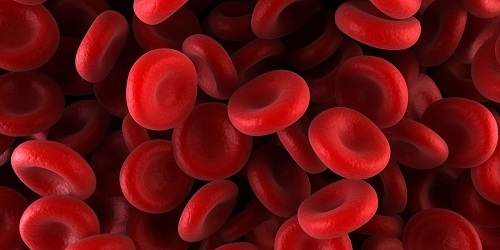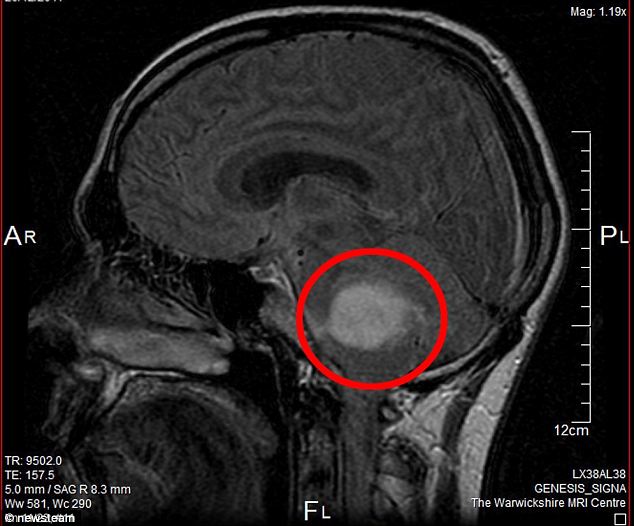Royal Philips Electronics and GlyGenix Therapeutics, Inc. announced a joint research agreement to explore the feasibility of using ultrasound technologies for gene therapy. In particular, the collaboration will research the treatment of Glycogen Storage Disease Type 1a (GSD-1a) in pre-clinical studies. The collaboration unites Philips’ expertise in medical imaging technologies for diagnosis and minimally-invasive medical procedures with GlyGenix’s expertise in correcting the genetic defect in GSD-1a. ‘The potential to deliver genes using a targeted approach will be a significant advance for correcting genetic defects and could offer the prospect of curing hereditary diseases such as GSD-1a,’ commented William Fodor, CSO of GlyGenix Therapeutics, Inc. ‘Philips’ ultrasound-mediated DNA delivery techniques offer the opportunity to deliver genes without the size constraints and limitations of viral packaging systems, and thus open the door to the development of more robust and effective therapeutic genes.’ ‘Medical imaging systems already play a crucial role in minimally-invasive medical procedures such as opening obstructed arteries, correcting heart rhythm disorders, or sampling tissue biopsies of suspected lesions,’ said Henk van Houten, senior vice president of Philips Research and head of the Healthcare research program.
‘The development of ultrasound techniques that could non-invasively target the delivery of drugs, genes and stem cells to specific parts of the body opens up further possibilities to advance patient care.’ GSD-1a is an inherited disease that makes it impossible for the body to regulate blood sugar (glucose) levels, due to a defective G6Pase gene that prevents the body from producing an enzyme called glucose-6-phosphatase. Although it is a rare disease, only affecting around 1 in every 100,000 to 200,000 births in the USA, it results in a significant reduction in patients’ quality of life and can lead to potentially life-threatening co-morbidities in early adulthood. Currently, there are no approved curative treatments for GSD-1a. Correcting the genetic defect that causes it could offer the prospect of an effective therapy that would allow patients with GSD-1a to lead a normal life. Current gene therapies that rely solely on the bloodstream to deliver corrective gene molecules typically fail to deliver sufficient quantities to the target organs. However, by directing focused ultrasound to target organs following DNA delivery, an increase in uptake via a process known as sonoporation has been successfully demonstrated in pre-clinical studies. Sonoporation increases the permeability of cell walls to allow the uptake of large molecules, thereby enabling the delivery of therapeutic genes. Compared to current gene therapies that use viral vectors to infect cells, this ultrasound-mediated technique carries no risk of an anti-viral immune or inflammatory response. In addition, this targeted approach could reduce side effects. The proposed treatment is known as ultrasound-mediated plasmid DNA (pDNA) delivery. The research program into it will specifically target the expression of a functional human G6Pase therapeutic pDNA to the liver, the primary organ responsible for glycogen storage and glucose release. Pre-clinical studies to investigate the feasibility of the technique will be carried out by Philips Research and GlyGenix Therapeutics in collaboration with the Duke University School of Medicine’s Division of Medical Genetics (Durham, North Carolina, USA)

Be a part of Elets Collaborative Initiatives. Join Us for Upcoming Events and explore business opportunities. Like us on Facebook , connect with us on LinkedIn and follow us on Twitter , Instagram.












